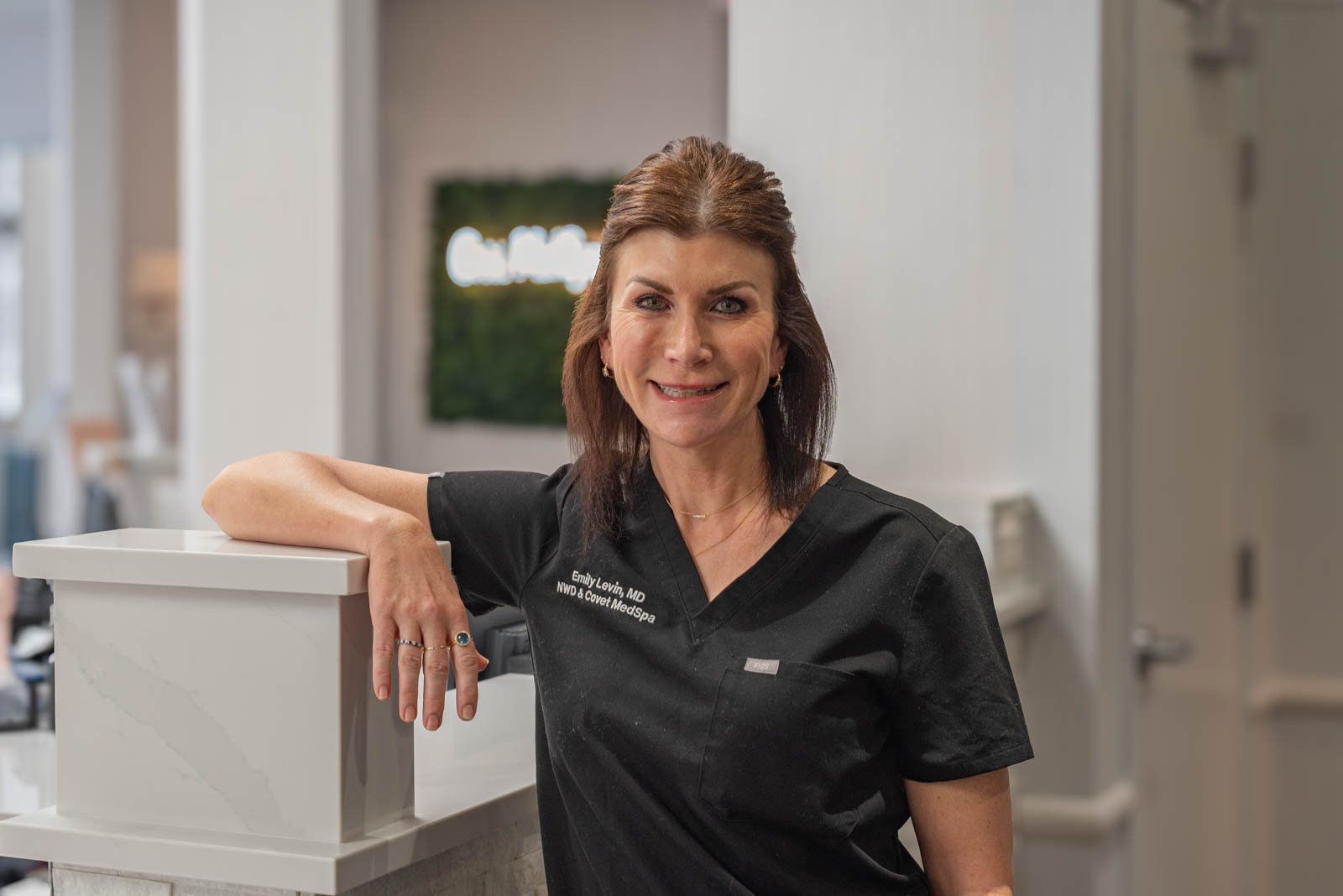Managing Skin Moles Is Good for Your Health
We’ll start with rule #1. If any mole (blemish, birthmark, lesion, lump, sore, wart, or other skin phenomenon) appears even remotely suspicious – asymmetric, bleeding, growing, itchy, painful, scaly – see the doctor right away. These are possible warning signs of problems ranging from atypical moles to melanoma. Fortunately, most mole-related anomalies are harmless, but they do warrant vigilance. Especially if you have dozens of moles on your body, show a family history of skin cancer, or experience excessive exposure to the sun.

You can think of moles as something of a continuum, ranging from common to cancerous. When indicated, medical professionals are prepared to look over your body and determine if any of the moles they’re seeing warrant concern or treatment. Getting familiar with the possibilities will help you better understand what’s going on with your skin.
Common Moles Are Just That
A common mole is a growth that results from pigment cells (melanocytes) appearing in clusters. Although common moles can be present at birth, most appear later in childhood but can appear your entire life. Nevus is the medical name for a mole; nevi is plural.
Typically no more than the width of a pencil eraser (less than ¼ inch) these so-called normal moles are round or oval, with a smooth surface, defined boundary, and can be flat or have a dome-like shape. Color is pink, tan, or brown, consistent with natural skin tone. These growths are usually not cancerous. Although changes in appearance should be evaluated professionally. New moles emerging after the age of 40 should also be looked at. People with more than 50 common moles are at increased risk of melanoma. Although this most serious form of skin cancer can develop separately from moles.
Generally, your best approach to common moles is not to worry beyond keeping an eye on them for any changes.
Dysplastic Nevi Are Atypical Skin Moles
The dysplastic nevus, also called an atypical mole, is a different type of growth. It’s larger than a common mole. The color is a mixture from pink to dark brown, with a scaly or pebbly surface, and irregular edge or atypical pigment network within the mole. People with a substantial number of common moles often have atypical moles mixed in. With more atypical moles moderately increasing the chances of developing melanoma down the line.

Fortunately, most dysplastic nevi remain stable over time. Regular examinations help make sure they stay that way. Some doctors even photograph dysplastic nevi so they can monitor them long term. In some instances, patient and doctor decide, for cosmetic or medical reasons, that removal is indicated. This usually happens via surgical excision in the doctor’s office.
As always, changes to the color, size, shape, texture, or condition of a dysplastic nevus need to be evaluated professionally as soon as they appear.
Immediate Medical Attention Is Needed for Precancerous and Cancerous Moles
Precancerous moles, also called precancerous skin lesions, are growths with increased risk of turning into skin cancer. Precancer means cancer isn’t yet present, but when growths are left unmonitored or untreated, things could go that way.
If there is concern a skin lesion is precancerous, it should be biopsied by a doctor and examined microscopically for exact diagnosis. Precancerous conditions usually require treatment; surgical removal is most common, but drug and radiation therapies could also be involved.
An actual cancerous mole can be very dangerous. Several signs, often called the ABCDE rule, distinguish skin cancers and precancerous lesions from a common mole or dysplastic nevus.
- Asymmetry means the shape of the growth is random, and sides don’t match.
- Borders are ragged, notched, or blurred, and pigment spreads into surrounding skin.
- Color is uneven, with mixed shades of black, brown, tan, white, gray, red, pink, and blue.
- Diameter is increasing, from more than a quarter inch to the size of a postage stamp or even larger.
- Enlargement and evolution continue as appearance, texture, and other features are altered.
Skin cancer, whether mole-like or with other features, takes several forms. Basal cell carcinoma in the top layer of skin is most common, with four million cases diagnosed in the U.S. every year. Squamous cell carcinomas occur on the surface of the skin in sun-exposed areas, although they can develop on other parts of the body. Melanoma, which begins in the pigment-producing melanocytes, is a very serious type of cancer, in part because it can be aggressive and can spread to other organs. With early detection and treatment, melanoma, cancerous moles, and other skin cancers exhibit good survival rates, but medical diagnosis and treatment must be prompt.

Protection Equals Prevention
Moles are a common skin condition for most of us; development of skin cancer is not. While having fair skin, blue or green eyes, blond or red hair, and genetic predisposition can make us more susceptible to problems, good sun practices are even more important to keeping our moles – and us – safe. Following the American Cancer Society policy of Slip, Slop, Slap, and Wrap – slip on a shirt when going outside, slop on sunscreen, slap on a hat, and wrap eyes in sunglasses – is sound advice. So is avoiding tanning beds and lamps and the damaging UV rays they emit. Checking your body monthly for skin changes is good preventive practice. Your doctor should perform a complete skin inspection at least once a year – possibly more often if you know dysplastic nevi are present.
Above all, always pay attention to your moles and other skin conditions. If anything is in the least questionable or suspicious, see your doctor – now!



